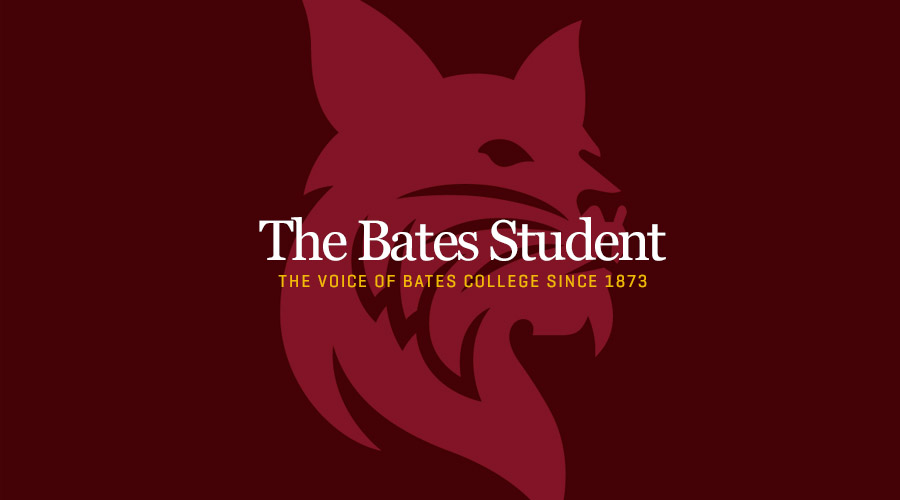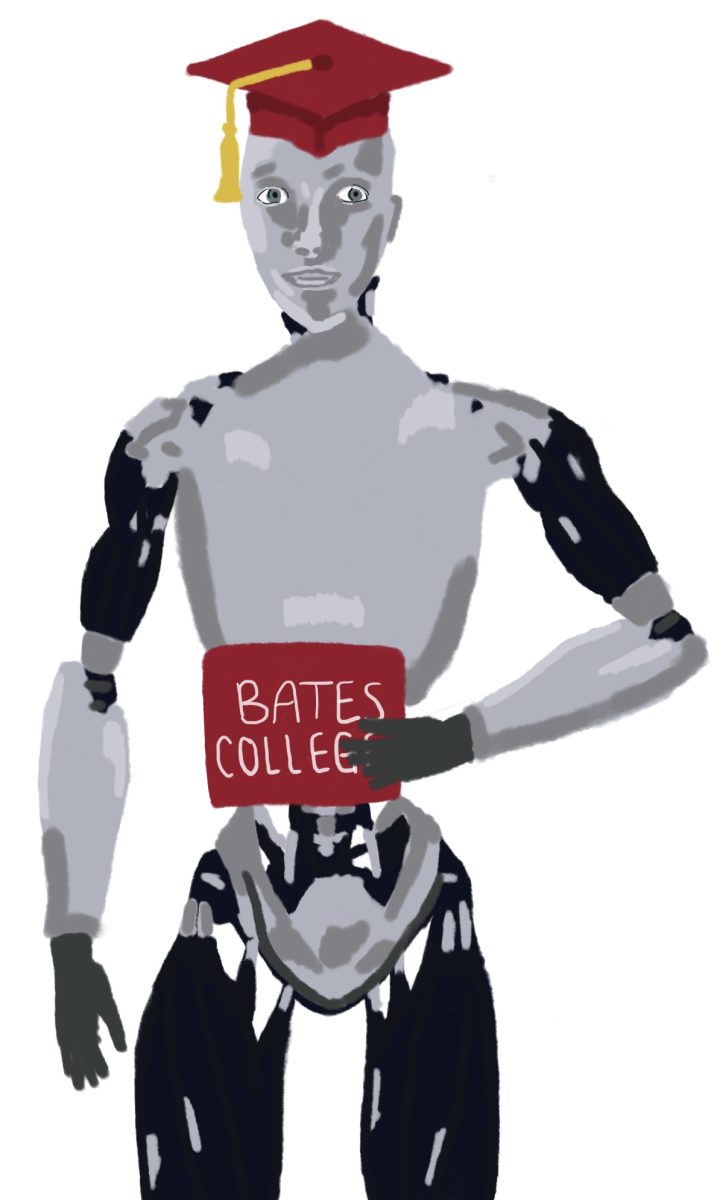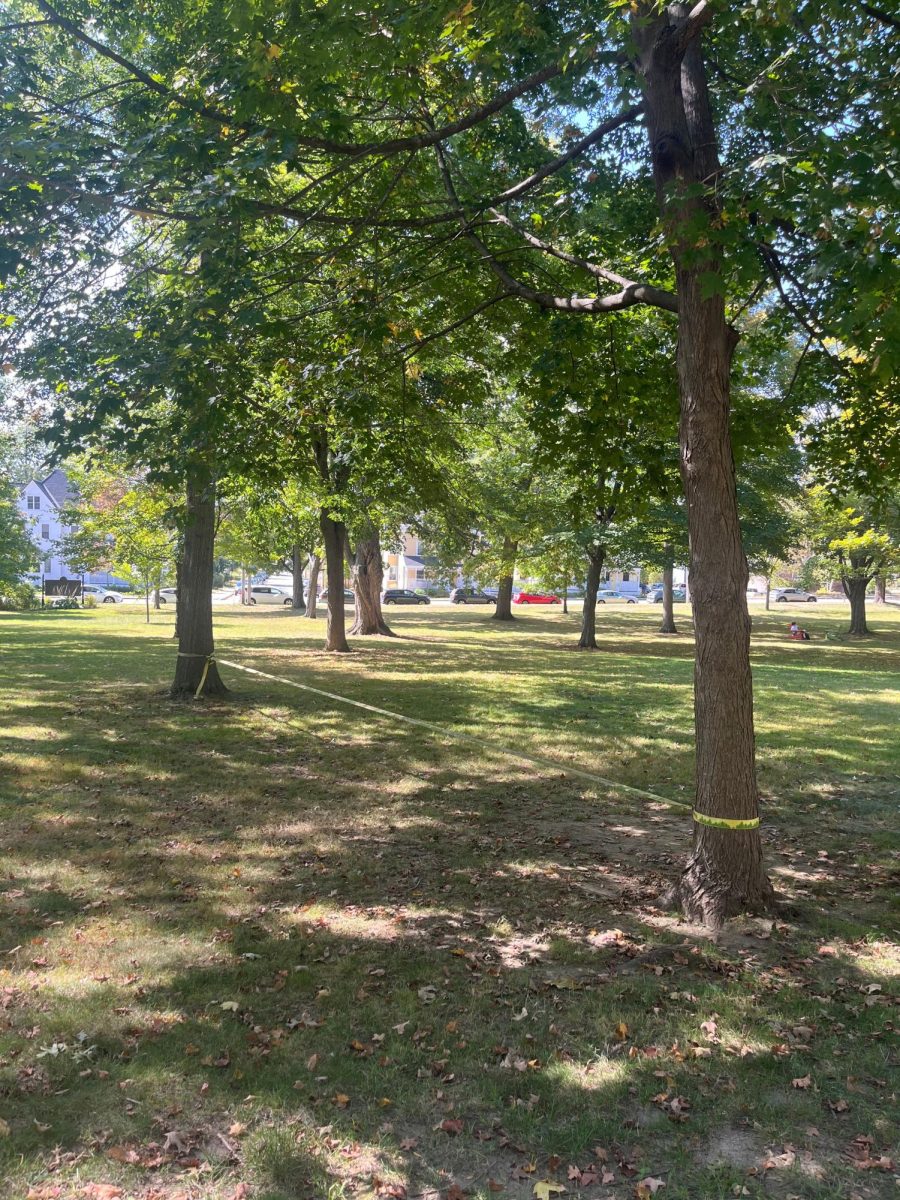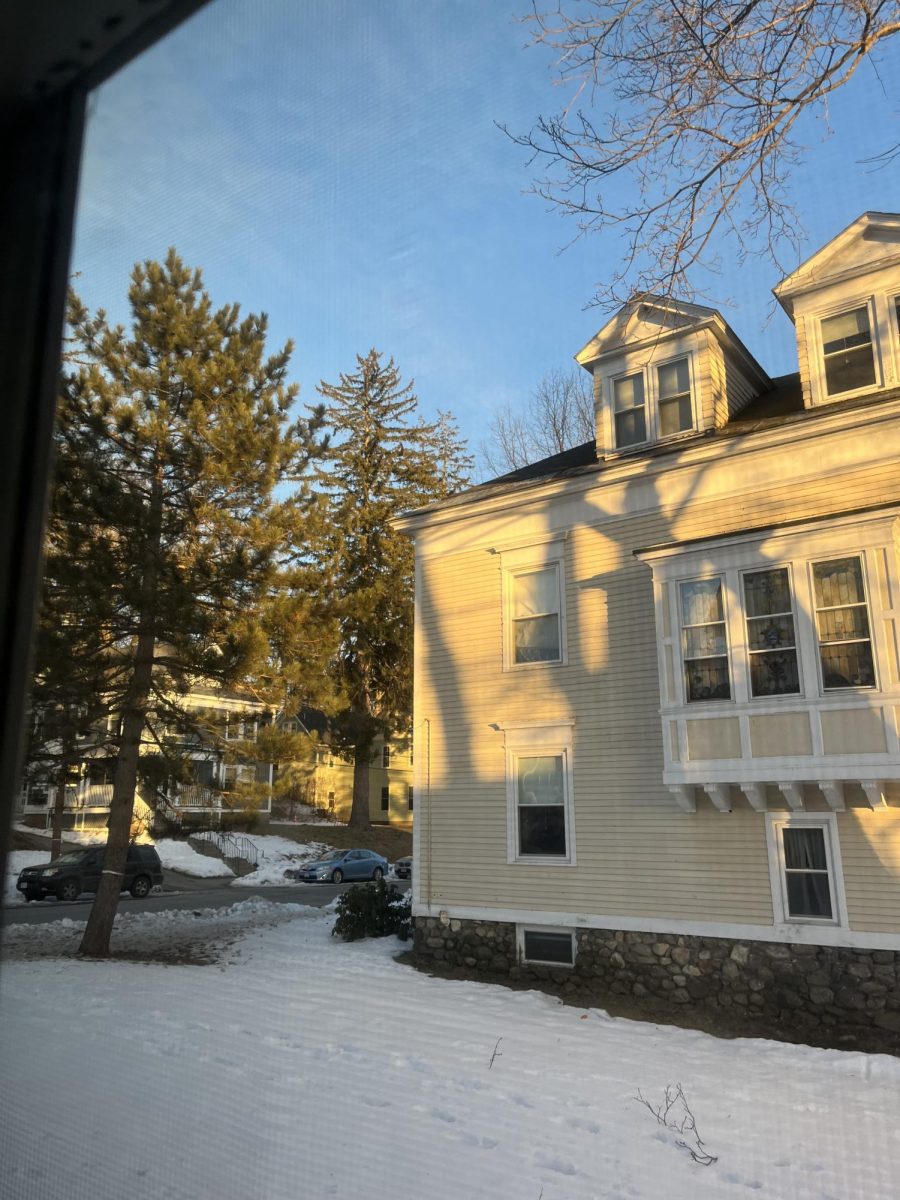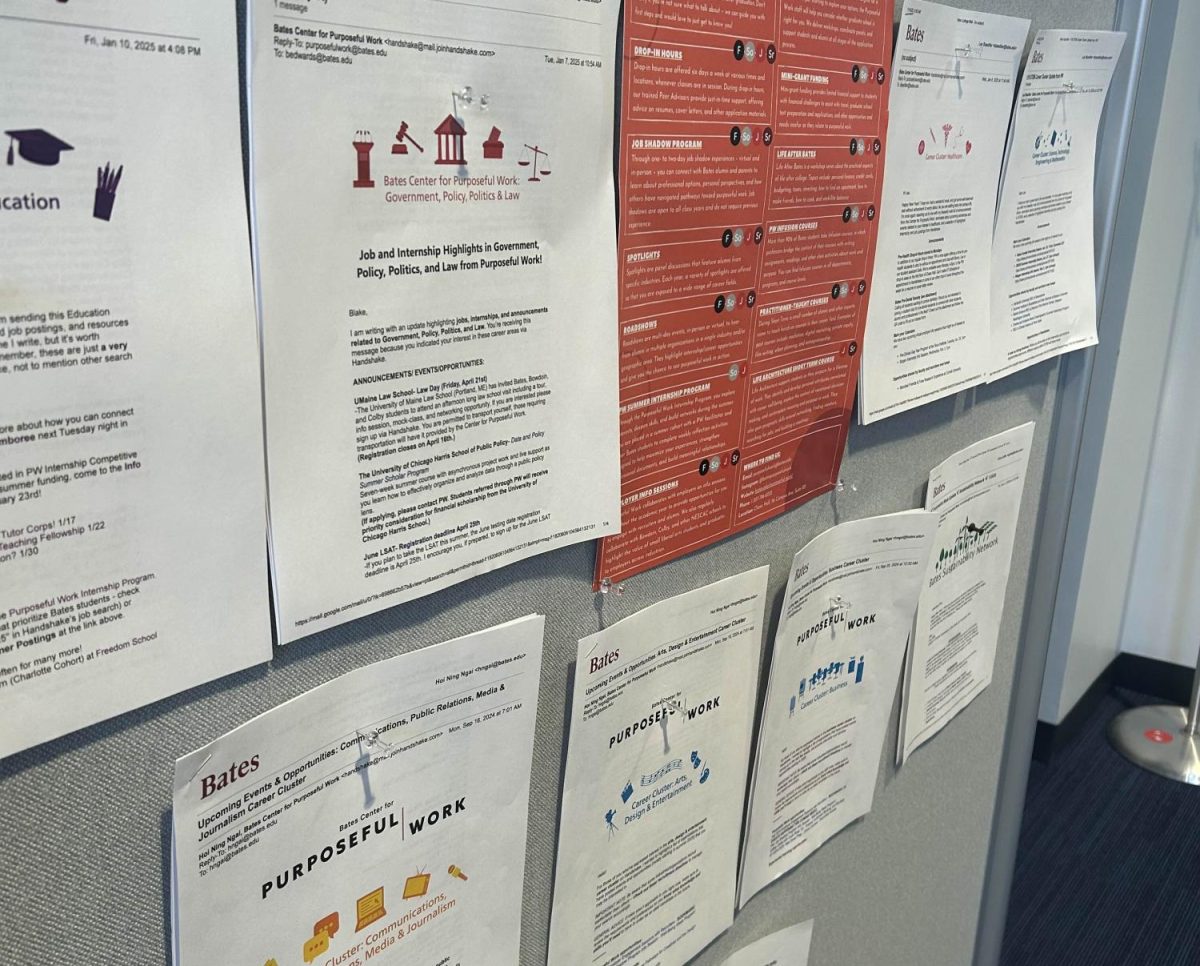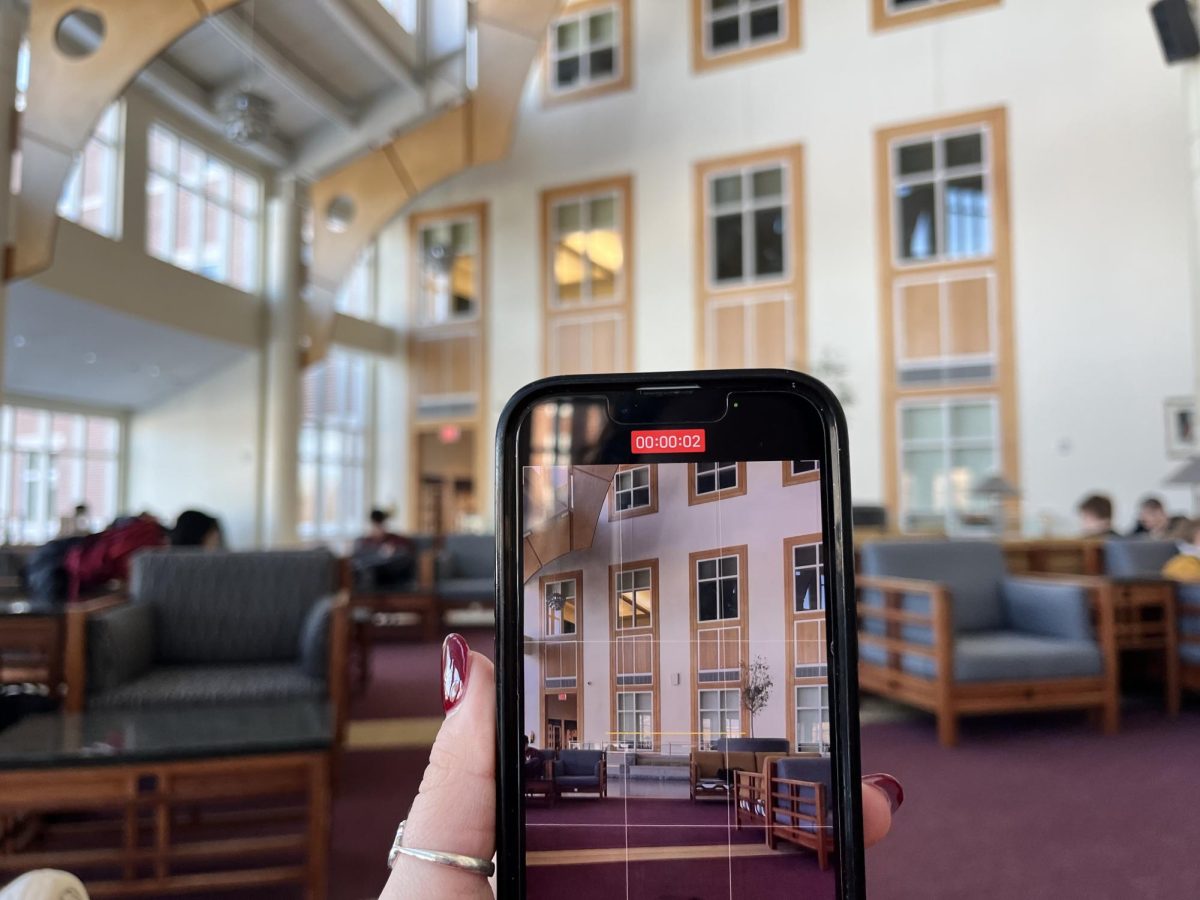To be completely honest, I had no idea what to expect from President Spencer’s inauguration ceremony. It was taking place in the middle of a Friday afternoon (a time when people were probably either in class or getting ready to start the weekend), and was located in Merrill gymnasium – a building not typically known as an elegant location for ceremonies.
When I showed up, however, I quickly realized that my concerns were entirely unwarranted. The room was unrecognizable as a gymnasium and had been transformed into an enormous, tastefully decorated reception hall. And as for my concerns about students not showing up? I was completely wrong; there were hardly any empty seats, and rows upon rows of seats filled with enthusiastic students.
As soon as the ceremony started, the eagerness to hear President Spencer speak was palpable. As she walked through the procession, and every time she was mentioned in any of the preceding speeches, the applause was long and loud. The proceedings began with words of welcome to President Spencer from representatives of students, faculty, staff, the mayors of Lewiston and Auburn, and the president of Williams College. After the speeches, a couple formalities, and a musical performance from the Bates orchestra, it was finally time for President Spencer’s inauguratory speech.
 Sprinkled with some pertinent highlights from Bates’ history, her speech focused on three main topics: the necessity of making education available to all deserving students – even if they cannot afford it, the importance of a liberal arts education, and the impact of technology on teaching and learning.
Sprinkled with some pertinent highlights from Bates’ history, her speech focused on three main topics: the necessity of making education available to all deserving students – even if they cannot afford it, the importance of a liberal arts education, and the impact of technology on teaching and learning.
Noah Sleeper ’15 agreed that her stressing of education was an excellent theme of the speech. He commented, “[President Spencer] drew upon her experience with education which allowed a consistent theme of the importance of education, particularly a liberal arts education. It did a good job of defining, for the Bates community and for people outside the Bates community, the values that Bates holds dear.”
President Spencer’s speech validated all of my positive expectations for the upcoming years under her presidency. In particular, her remarks about the affordability of a Bates education were especially reassuring in a time of economic uncertainty. Diversity of Bates’s students, in terms of socioeconomic backgrounds, is wholly important for allowing all students to experience a heterogeneous worldview.
As educators Richard Guarasci and Grant Cornwell wrote in their 1997 book Democratic Education in an age of Difference, students’ perspectives are “strengthened when undergraduates understand and experience social connections with those outside of their often parochial ‘autobiographies’, and when they experience the way their lives are necessarily shaped by others.”
As a liberal arts education becomes more expensive with tuitions continuing to increase, it was comforting to hear President Spencer reinforce its relevance.
Finally, it was both surprising and encouraging to hear her not only mention but also acknowledge the essential role that technology has in education – a fact that has been honestly neglected at Bates the past few years. While the shift from the webmail platform to Gmail was a much-needed change, the fact that the Internet is often down or moving unbearably slow, and the fact that the library still only has three black and white printers for the whole student body call attention to a much-needed technological upgrade at Bates. However, I am enthusiastic about the direction that President Spencer wants to take Bates in terms of technology.
Overall, President Spencer left me feeling entirely optimistic about the future of Bates. She not only understands Bates as it current exists, but also the direction in which the school must go to remain a competitive institution in both the NESCAC and the country. I look forward to experiencing my final two years at Bates under the helm of President Clayton Spencer.


